“I look at my role as being a friend of Canberra Hospital, I can bring some pleasure and happiness sometimes to people who are really in difficult times in their lives.”
With backing music from a Bluetooth speaker, Sayer croons his way around the cancer wards, making a human connection with everyone he comes across.

Canberra Region Cancer Centre Operations Manager Caroline McIntyre says Sayer’s visits are typically kept a surprise for patients and staff.
“He’s always come in so discreetly,” she says.
“Normally it’s just very quiet, he comes up in the back lift and says hello to literally everybody.
“Some of them are doing it tough, and to have a little bit of joy and light – it really gives them a lift.
“What makes me happy is to see people getting chemo on their feet dancing.”
Jamming with Jimi Hendrix, Countdown and the Troubadour
Originally a graphic designer by trade, English-born Leo Sayer rose to pop prominence in London in the late 1960s, as a singer-songwriter – and was soon adopted by Australia as an honorary son after his first tour here in 1974.
He went on to become an Australian citizen in 2009.
Sayer was a regular on ABC TV’s Countdown during the 70s and 80s, performing chart-toppers like “You Make Me Feel Like Dancing”, “When I Need You”, “More Than I Could Say” and “Orchard Road”.

He blushingly admits they were wild days – when he didn’t always live up to his “good-guy” public persona.
“It was mad, I mean, Top of the Pops in England, Countdown over here,” he says.
“You were mobbed by the fans, I remember being dragged out of a limousine the first tour that I came here, and then speaking to crazy people like Molly Meldrum on TV and trying to sort of like take it all in.”
It seems hard to believe – the petite, well-spoken singer, with a mane of curly hair that inspired changing his name from Gerard to Leo – beating off mobs of screaming fangirls.
Sayer circulated in superstar company, becoming close friends with former Beatles George Harrison and Paul McCartney, collaborating with Roger Daltrey of The Who, and even sharing a sly cigarette or two with John Lennon and Yoko Ono who had a flat above his design studio.
“I met Jimi Hendrix right at the start of his career. I actually jammed with him, playing the harmonica, and him playing the guitar,” he says.
Recalling his 1975 opening night at the famous Troubadour Club in Los Angeles, he looked up to see an intimidating line-up of fans in the front row.

“It was David Bowie, Elton John, and ‘The Fonz’ [Henry Winkler].”
Alongside them: John Cleese, Mick Jagger, Bernie Taupin, and comedian Marty Feldman.
“We never thought it would last, we were adapting to things around us, writing songs about things that are around us,” he says.
“And we thought they were only for our generation — so the amazing thing is my music’s become like a fine wine, where you lay it down and years later, it becomes a collector’s item.
“We’re in an age where the music that I make, young kids are actually latching onto it now, and they’re finding that that generation and that style of music we made is as current now as anything.”
Sayer’s health battles, still spreading hope at 76
Leo Sayer says his hospital charity work caps off a career dedicated to providing joy through music.
“It’s a nice piece of synchronicity really, because I was born in the grounds of a hospital in Shoreham by Sea in Sussex, near Brighton in England,” Mr Sayer said.
“I suppose I’ve always felt comfortable in hospitals and being around hospitals.
“Growing up, my dad was a hospital engineer, Mum was a nurse, my sister was a matron.”
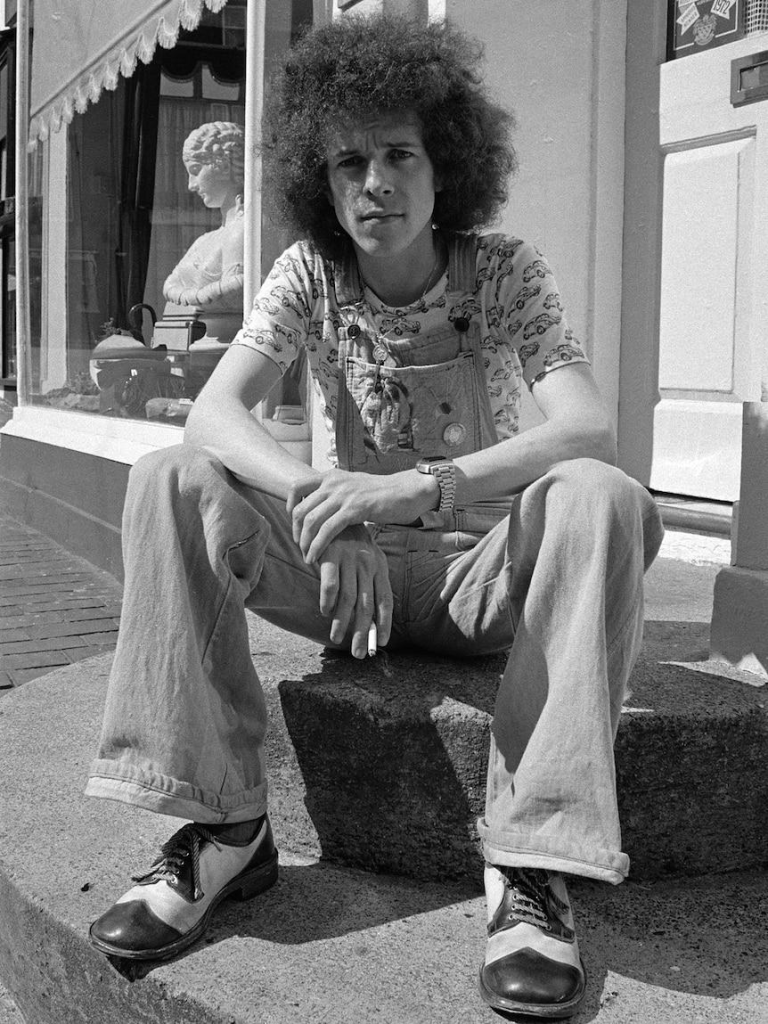
Sayer has health struggles of his own, including three stents in his heart, which help him have a genuine connection to the hospital patients he entertains.
“[My music] is providing something that isn’t taking away from any of the treatment that’s going on. It’s providing something that’s just putting a smile on peoples’ faces.
“Music is communication and that’s what this is all about, we’re communicating, we’re making people feel better.
“We’re not healing people with music, but we are making them feel better about their healing.
“To sell out Canberra Hospital will do me fine.”
Inside the life of Debra Paget and why Elvis was ‘obsessed’ with her
Debra Paget was extremely beautiful in her prime and charmed millions of Americans when she starred in Elvis Presley’s film debut, Love Me Tender.
The talented actress was ”touched by the hand of God,” according to legendary director Cecil B DeMille.
Apparently, even the ‘King of Rock and Roll’ became obsessed with her…
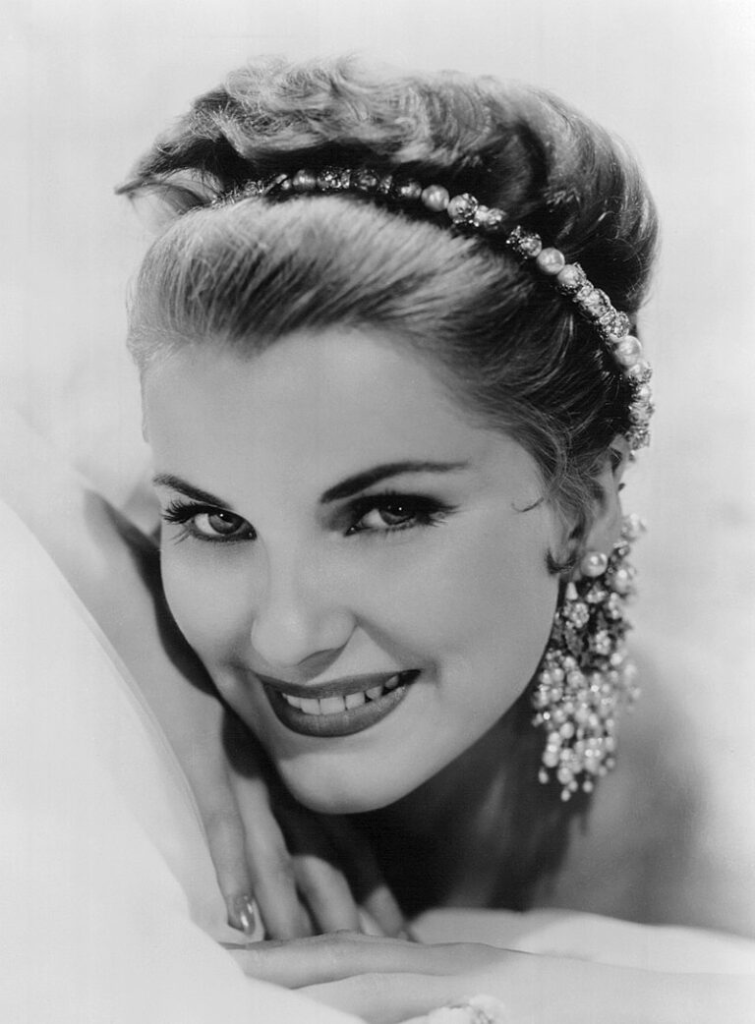
Debra Page was born on August 19, 1933, in Denver, Colorado. Her real was Dabralee Griffin – but the actress changed her name as she moved towards movie stardom.
Raised in a showbiz family, Debra’s parents moved to Los Angeles in the 1930s so that they all could be closer to developing the film industry in Hollywood. (Debra’s two sisters, Tala Loring and Lisa Gaye, also had substantial film & TV careers).
Debra, who always wanted to be a dancer, has described herself as a ”post-depression” baby. She came into the world during a devastating and prolonged economic recession. Her family didn’t have much, but Debra held her parents in high regard.
“When I looked back, we had so much love in our home,” Debra said when being interviewed by Dale Evans Rogers.
‘Most beautiful legs in the world’
Pushed by her mother, Debra enrolled in the Hollywood Professional School when she was 11.
The talented young girl landed never doubted herself, landing her first professional job aged eight. Soon after that, she starred in a production of Shakespeare’s The Merry Wives of Windsor.

Her motion picture career began at the age of 14, and her big break came in 1950 when she was cast in Broken Arrow. Co-starring alongside James Stewart, Debra Paget portrayed a Native American maiden called Sonseeahray (“Morningstar”).
Debra’s “exotic” looks won her several roles in adventure dramas, and she soon earned the reputation as the only starlet who had never been kissed.
In the 1950s, she earned the title “The most beautiful legs in the world” when the National Association of Hosiery Manufactures polled 15,000 people in the industry. The deeply religious Debra won by a wide margin, according to The Baltimore Sun.
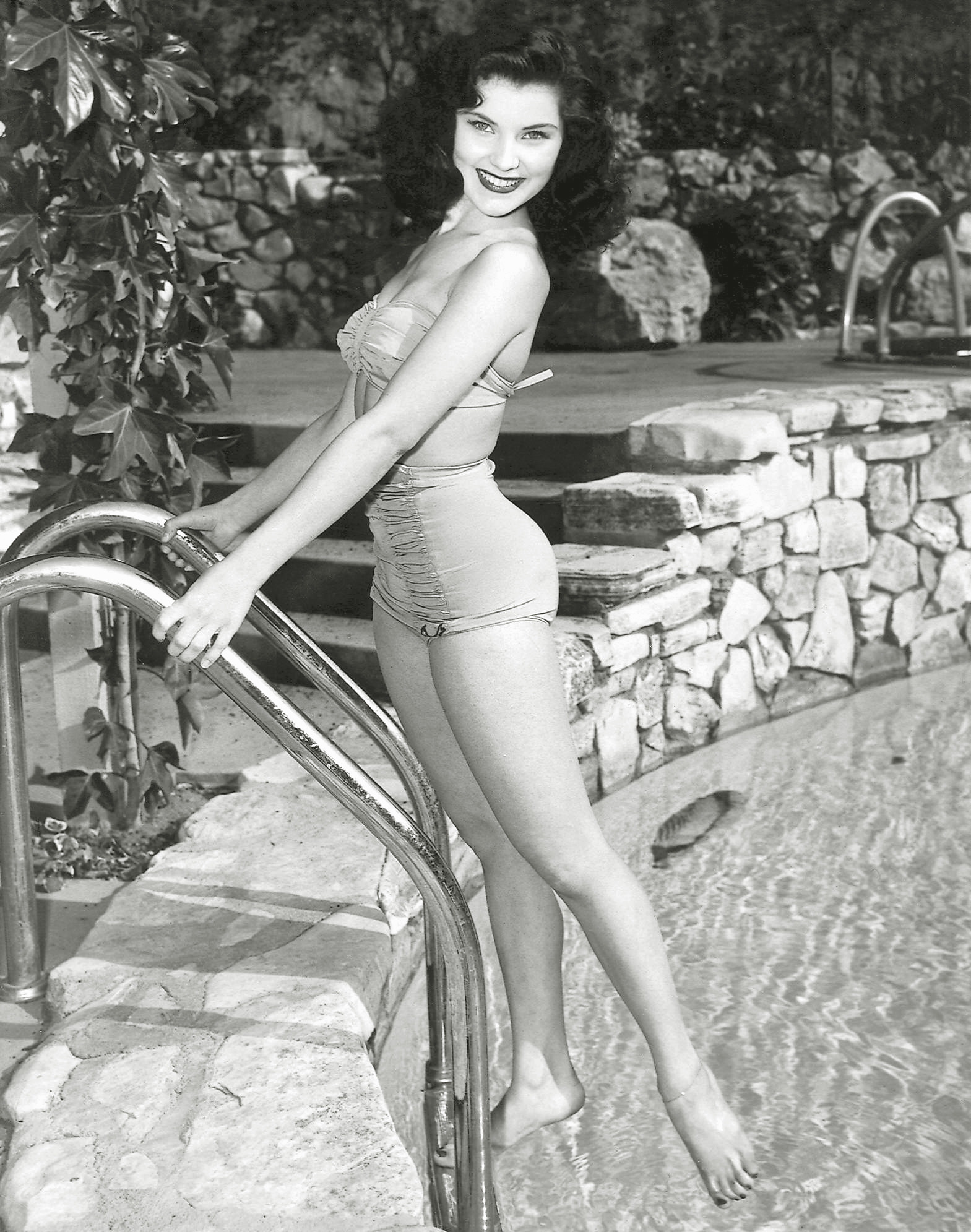
As a 14-year-old, Debra had signed an exclusive contract with 20th Century Fox. But it was when Paramount Pictures borrowed Debra for The Ten Commandments that she made her most successful movie.
Debra played the part of Lilia, the water girl, in Cecil B. DeMille’s giant biblical, spectacular movie. The blue-eyed Debra had to wear brown contact lenses – something that caused quite some trouble for her.
“If it hadn’t been for the lenses, I wouldn’t have gotten the part. They were awful to work in because the klieg lights heated them up,” she said.
The movie, which won seven Academy Awards, changed her life forever.
”It was probably the highlight of my career, ” Debra said.
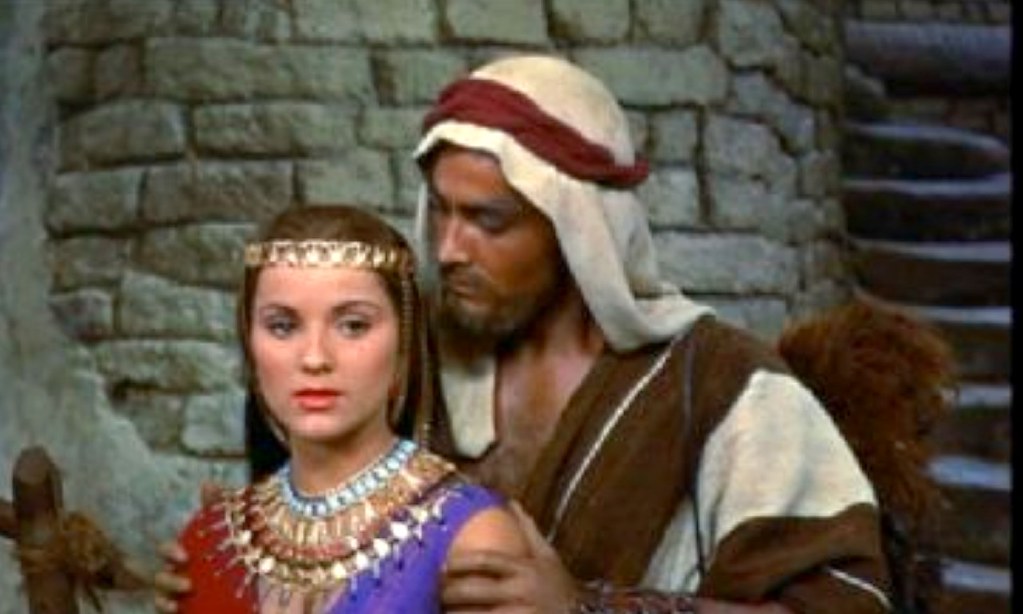
Meeting Elvis
Debra Paget was a 22-year-old established Hollywood star when she stepped onto the set of Love Me Tender. Back then, she was probably the most beautiful actress of the Hollywood Golden age. And that is saying something.
She and Elvis Presley first met months earlier when both appeared on the Milton Berle Show on June 5, 1956. It was the moment when Elvis shocked conservative America by gyrating his famous, or infamous, pelvis during his now-iconic rendition of Hound Dog.
“Although I usually don’t form an opinion of a person until I have met him,” she explained. “Frankly I looked forward to my first meeting with Elvis Presley with mixed emotions. I’d heard and read a lot about this new young singing sensation from Tennessee—and most of it was not complimentary.”
The young singer surprised Debra in many ways during their first, memorable meeting. As a born-again Christian, you might think that Debra disliked The King, but it was quite the opposite.
When Mr. Berle introduced the 21-year-old rising star to Debra, he firmly grabbed her hand and said: “I’m glad to meet you, Miss Paget.”
Elvis then shook her mother’s hand with ”equal vigor,” excused himself, and a couple of minutes later came back with a chair for her.
“We were together for only a couple of hours but sometimes you can learn more about a person in a short span of time than in weeks of seeing one another constantly. I felt I did. From the very beginning, Elvis impressed me as a pleasant, sincere, obliging young man,” Debra recalled.
The proposal
A few months later, Debra starred opposite Elvis in Love Me Tender – his first movie. According to Daily Express, the singer became obsessed with his co-star. He believed that Debra was ”the most beautiful girl he had ever seen” and even visited her parent’s house.
“From the time he first came to the house, my folks have considered Elvis a member of the Paget clan—a feeling which, I believe, he reciprocated,” Debra explained.
But Debra and Elvis’s relationship was more family-oriented than a whirlwind romance – at least in the eyes of the young actress.
“I was very shy, very quiet and very immature for my age. I was in my very early 20’s but I was emotionally more like a 16-year-old. Elvis and I just sort of came together like a couple of children really.”
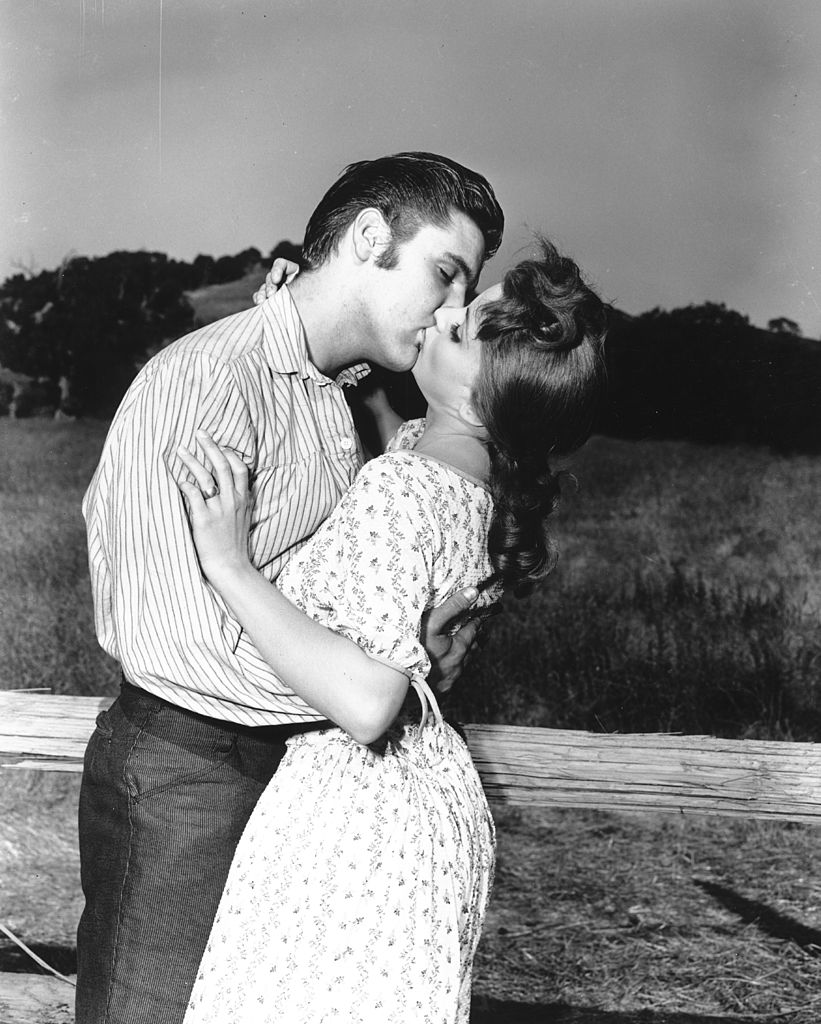
Elvis, however, seems to have thought otherwise.
“Following the film, he did ask me to marry him but my parents objected to my getting married. I cared about Elvis, but being one not to disobey my parents, that did not take place,” Debra shared.
In the end, Debra turned Elvis down – she had already fallen in love with Howard Hughes, a famous film producer and billionaire.
Debra would later marry actor and singer David Street, but she always spoke fondly of Elvis. And Elvis didn’t forget Debra either – many think she did set the template for Elvis’ fixation with the ‘Debra Paget look.’ For example, it was reported that young Priscilla Beaulieu changed her hair and make-up when she learned about Debra.

Debra left the entertainment industry in 1964 and is now 89 years old. Sadly, there is not much information about her life today; Debra seems to live a quiet and private life out of the limelight.
Elvis and Joan Blackman
Interestingly, Elvis’s proposal to Debra in the late 1950s wasn’t the only time he wanted to marry a co-star. After shooting Blue Hawaii with Joan Blackman in 1961, he wanted to tie the knot with her as well – while he was dating Priscilla.
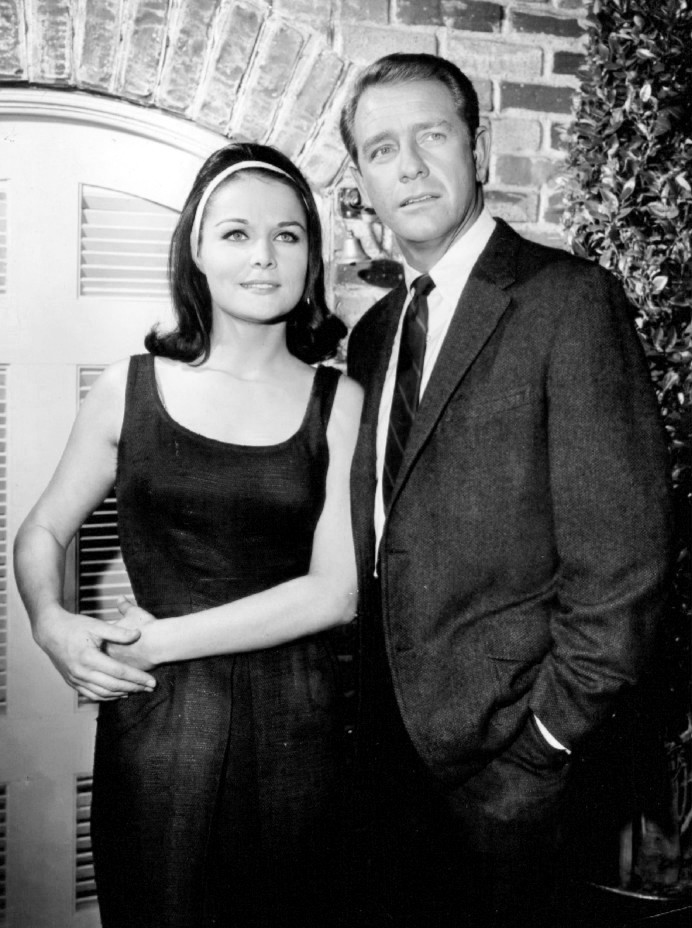
Joan Blackman, who looked very much like Priscilla, has shared what really happened during the making of Blue Hawaii.
“When we first set eyes on each other (in 1957), there was a spark, a magic in the air… There was just that special something between us, sometimes so warm and wonderful you could almost reach out and touch it,” she told the Midnight Globe newspaper in 1977.
In the sensational interview, Joan Blackman said that Elvis ”really wanted” her as his wife and that he repeatedly begged her to appear in his movies, but she turned him down each time.
“I wanted parts because of my ability, not because I was dating Elvis,” she stated.
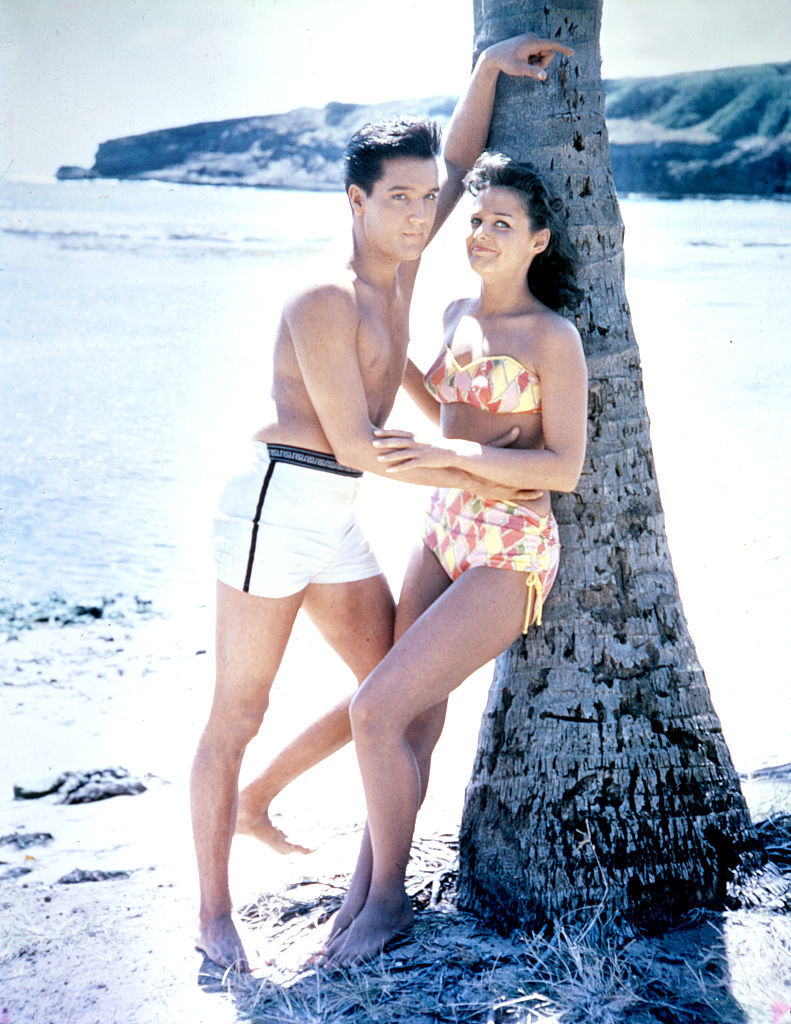


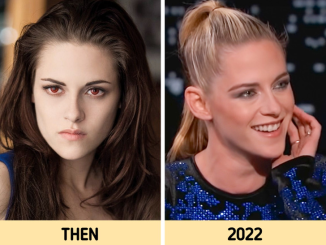
Leave a Reply